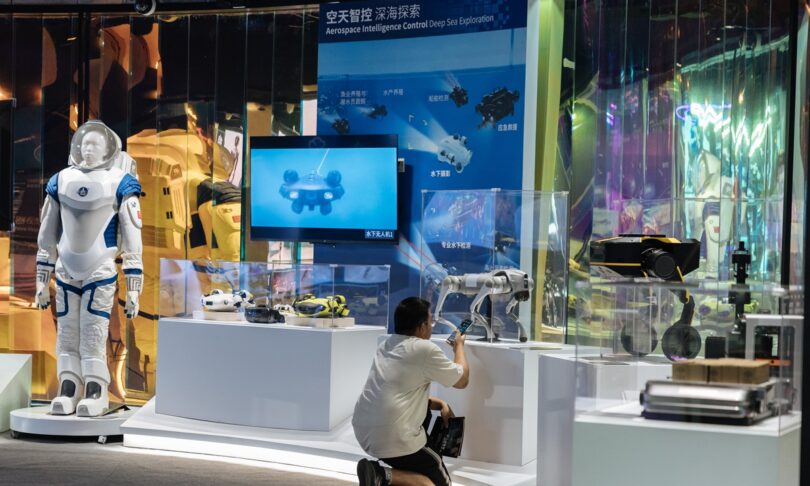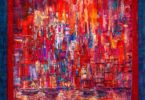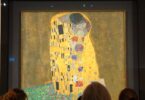Xu Liuliu
We all know that knowledge is power. However, in terms of our daily lives, design can be powerful, inspiring, and enlightening, bringing in the new quality productive forces to make life easier and better.
The 180 selected exhibits and cutting-edge technological works from the perspective of the Design Intelligence Award (DIA) over the past decade have been on display at the National Museum of China with the Special Exhibition on Design Intelligence and High Quality Development since Saturday.
Beginning in 2014, DIA, China’s first international academic award in the field of innovative design, has continuously expanded its reach and influence, gradually evolving into China’s most globally influential comprehensive innovation design award.
“DIA is more than just an award, as it is establishing a global industrial think tank for the innovative development of the current digital economy and smart society,” Gao Shiming, president of the China Academy of Art which hosted the exhibition, told the Global Times on Saturday.
Gao said he always believes the purpose of design is “people,” not just things. The designer’s responsibility is to “create a new life aesthetics in the digital intelligence era,” and to “realize human preservation and development in the new digital civilization under the new technological conditions, social relations, values and ethics of the 21st century.”
For art academies like the China Academy of Art, contributing to the new quality productive forces means “the integration of artistic innovation and scientific and technological innovation, which can boost manufacturing with artistic and design wisdom,” Gao said.
In the meantime, the academy has worked on transforming the DIA into the Design Intelligence Union (DIU) to form a joint force to promote development. “Relying on the efforts of artists alone is not enough. It requires our joint efforts, cross-border efforts from different areas including education, industry and science,” he told the Global Times.
The exhibition is part of the efforts to respond to the latest demands of new quality productive forces and demonstrate the strongest capabilities of Chinese design and manufacturing. The cases and works included in the exhibition are divided into such sections as Auxiliary Computing to Brain-Inspired Intelligence, Healthcare to Human Enhancement, Scale Advantage to Green Innovation, and Portable and Convenient to Smart and Beautiful Living.
According to Lu Tao, the exhibition’s curator who is also the secretary-general of Design Intelligence Award, the first section focuses on the Artificial Intelligence (AI) evolving from a simple computational aid to a complex system capable of intelligent judgment and autonomous action, becoming more and more similar to the human brain.
This section presents the transformation of AI and showcases representative application scenarios in industrial hub, aerospace intelligence control, and immersive intelligence. These intelligent systems are reshaping the industrial landscape and indicating a future vision of human-machine integrated intelligence.
Li Xingang, vice president of Star Vision Hangzhou, explained the company’s WJ-1B high-resolution intelligent optical satellite to patrons at the exhibition.
“The wide use of AI can greatly improve efficiency, reduce costs, and enhance product competitiveness as the satellite itself can process photos up in the sky,” he told the Global Times.
Quite different from overseas awards that were created decades ago and only focus on outward design in the industrial revolution era, the DIA works have two characteristics, Lu told the Global Times: “Data is the most important thing and computing power and calculation is the most important driving force.”
Among these items on display, some are not that scientific and innovative, but they are more important as these designs release “Chinese wisdom, kindness and human care.”
An innovative design for dishwashers has impressed the DIA jury members as it broke the concept in the West and created a new thinking fit for Chinese families and meeting their needs.
Another design from the team, consisting of Li Chao, Yan Bo, Zhang Han and others, won the gold award. This design received more votes than the high-tech prosthetic arm used by Chinese para-swimmer Xu Jialing to light the main cauldron at the opening ceremony of the 4th Asian Para Games in October 2023.
It is the Health Font, a solution that helps people with visual impairments easily access information about their medications. It can transform the medication packaging and instructions into Braille.
“Most of our jury members thought it was a great design and it received the maximum number of votes,” Lu added.
Together with the exhibition, a symposium was held in Beijing to review the history and future development of DIA.
Courtesy: globaltimes







